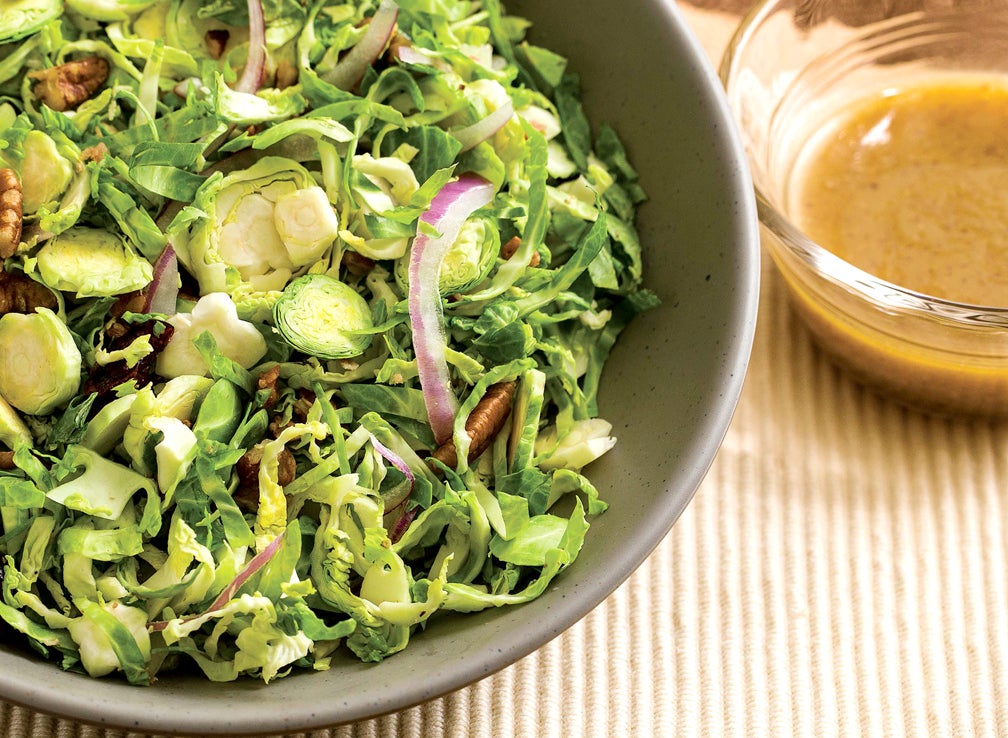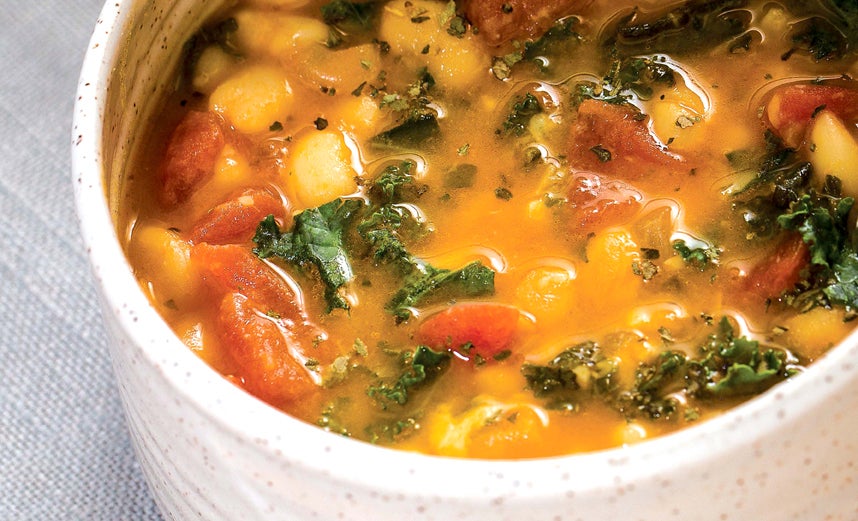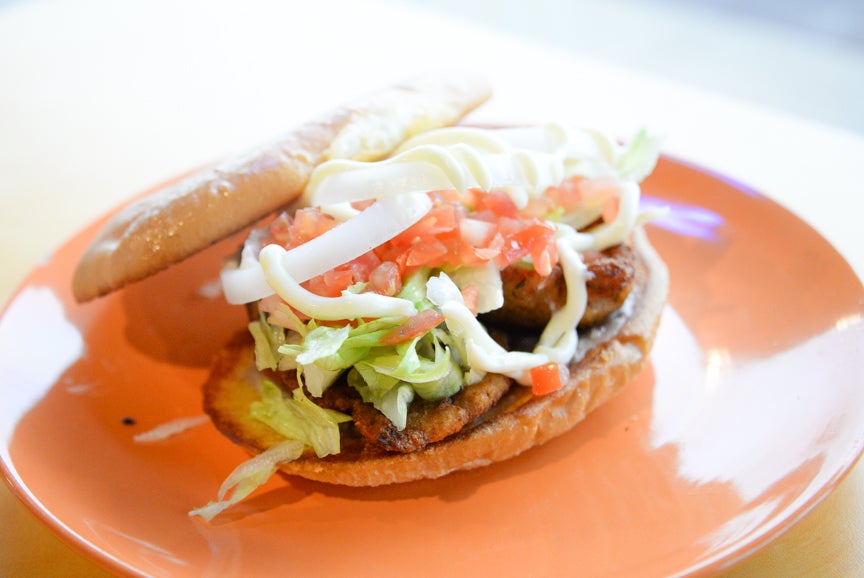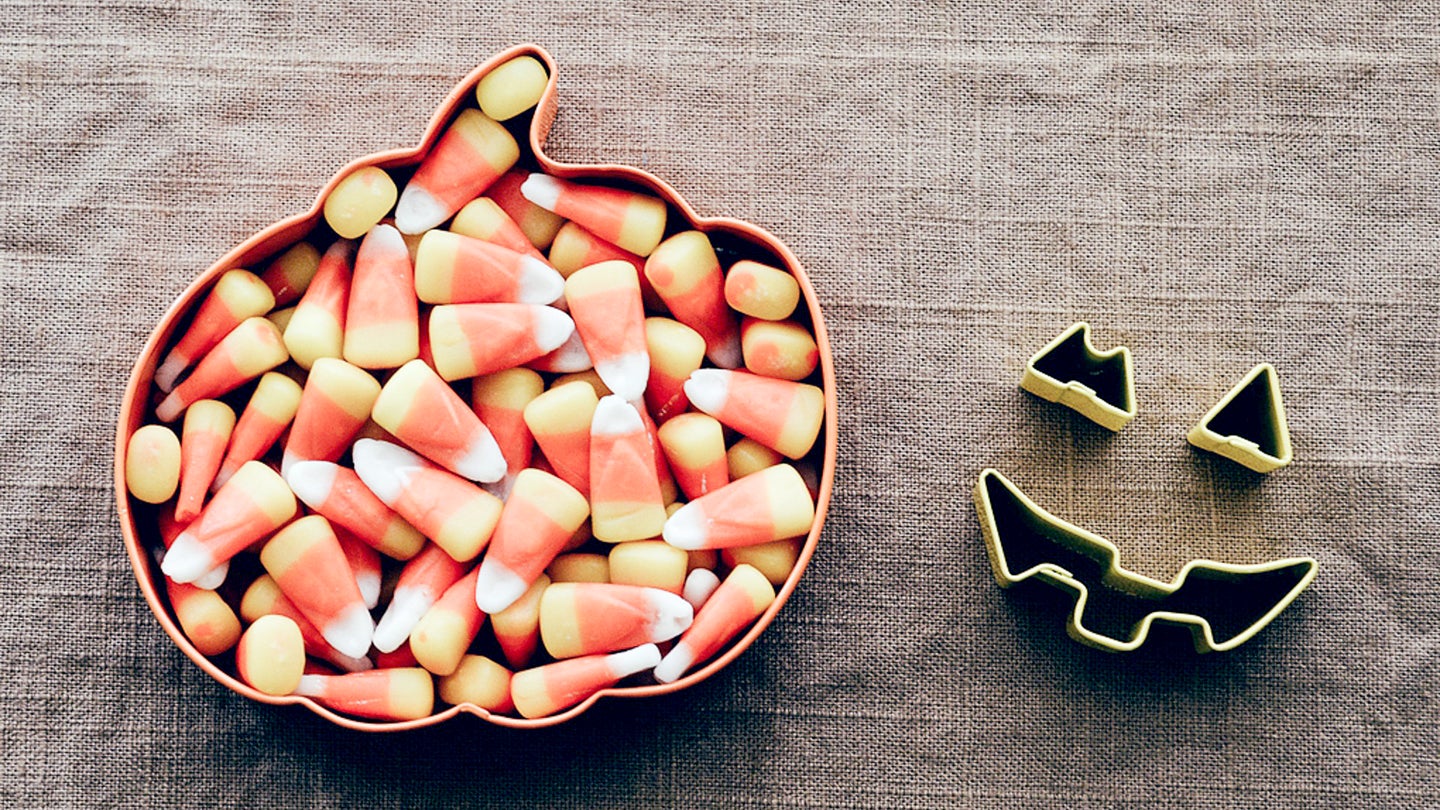Now that 2020 is behind us, it’s time to take stock and move forward for 2021.
For some of us, that may mean changing up our eating habits, says Tamera Magee, Franklin County Extension Agent for Family and Consumer Sciences.
For the past nine months, many of us may not have been getting out to exercise a lot, and we may not have been eating as healthy, she says. But celebrating the new year is a great time to change things up and get back on track to eating healthier.
First, Magee says, it’s best to re-familiarize yourself with the U.S. Department of Agriculture’s (USDA) MyPlate program, which gives daily recommendations on how much fruit, vegetables, grains, protein and dairy one should have in their diet.
Available in an app for your phone, the program located at choosemyplate.com provides interactive resources that help you find how many calories you should be eating and where those calories should be coming from, in order to lose or maintain a healthy weight.
Magee says the keys are getting enough fruits and vegetables, and limiting sodium, fats and sugar.
“It doesn’t mean you have to eliminate it from your diet, but if you can use those things in moderation, it’ll be healthier for you,” she said.
During the pandemic, as stresses continued to pile up, many of us turned to food as a way to calm anxiety and emotions. But by switching out healthy snacks for the less healthy ones, we can get ourselves back on track, she said.
“Keep your pantry filled with healthy items,” she says. “And make sure healthy fresh vegetables and fruits are available instead of processed foods.”
Putting fruits and vegetables in view, instead of storing them out of sight, will help you remember to reach for them first.
And, eating at home, with what you make yourself, is always going to be healthier than grabbing dinner from DoorDash or drive thru.
“It’s convenient to order in or go get fast food, but those conveniences come at a cost,” she said.
Not only are delivery meals packed with calories and processed foods, they’re expensive too.
“By preparing our meals at home, we know what we’ve put in it,” she said. “And it’s much cheaper to make food at home.”
If you do find yourself eating out, she said, one tip is to just eat less of what they give you.
“We all love going to restaurants and socializing over food, but the portions are so big,” she said. “One thing we can do when we eat out is to eat half of it, and to bring the rest of it home with us. We shouldn’t be eating until we are stuffed. Food is supposed to give us energy. But when we overeat, we feel sluggish.”
For parents struggling to juggle school from home, work from home and everyone being home, cooking dinner might sound like the last thing they want to tackle. But Magee suggests making use of some of the latest technology out there to ease the burden — InstaPots, air fryers and slow cookers all can help cut the time it takes to make dinner, while still making things with as fresh ingredients as possible.
“Fresh is best,” she said. “After that comes frozen. The least nutritious is canned. If you can slip some fresh vegetables into your kid’s dinner every night, that’s the best for them.”
And getting those fresh vegetables can be fun too. Magee suggested adding them to pizzas made with whole wheat doughs, and letting the kids join in on building the pizzas.
One thing everyone can do to be healthier, she said, is to limit soft drinks and super sweet juices.
“If you go to the gas station and get a 40 ounce soda, the sugar content in that soda is 10 teaspoons of sugar,” she said. “Most parents wouldn’t let their kids sit there and eat 10 teaspoons of sugar. We don’t want to poison our kids.”
Instead, she said, substitute soft drinks for water, low sugar juice, or water flavored with lemons, limes or other fruit.
By making simple changes to our diets, we can get back on a healthy track and put 2020 — and all of its craziness — behind us.
10-minute bean soup
(recipe courtesy USDA Supplemental Nutrition Assistance Program)
Ingredients:
1 tablespoon olive oil
1 teaspoon minced garlic
2 (15.8 ounce) cans of great northern beans, rinsed and drained
1 (14.5 ounce) can diced tomatoes with basil, garlic and oregano
4 cups kale, torn into small pieces
1 tablespoon lemon juice
1/2 cup grated Parmesan cheese
Directions:
In a medium saucepan, heat oil over medium heat and sauté garlic and onion for 3 minutes or until onion is tender.
Add beans, tomatoes and broth to saucepan. Stir and simmer for 5 minutes
Mix in lemon juice and Parmesan cheese just before serving. Optional, garnish with finely chopped fresh basil or dried basil.
Note: Cooked, dried beans may be substituted for canned beans. Using prepared dry beans in place of canned will reduce sodium in this dish. If you can’t find diced tomatoes with basil, garlic and oregano, use regular diced tomatoes and add dried versions of these seasonings.
Recipe makes four servings.

Crunchy salad
(recipe courtesy USDA Supplemental Nutrition Assistance Program)
Ingredients:
1/2 cup walnuts or pecans
1 pound Brussels sprouts
1/2 cup dried cranberries
1/4 cup red or white onion, thinly sliced
3 slices bacon, cooked, drained and chopped
2 tablespoons brown mustard
2 tablespoons olive oil
2 tablespoons honey or maple syrup
Directions:
In a small skillet, toast nuts over medium heat until they become slightly brown and fragrant. Set aside.
Remove outer tough leaves and ends of Brussels sprouts. With a sharp knife, slide sprouts crosswise into thin slices.
In a medium bowl, combine nuts, Brussels sprouts, cranberries, onion and bacon.
In a separate microwave-safe bowl, whisk together mustard, oil and honey. Heat in the microwave for 10-20 seconds on high heat or until warm. Pour dressing over salad. Serve immediately.










